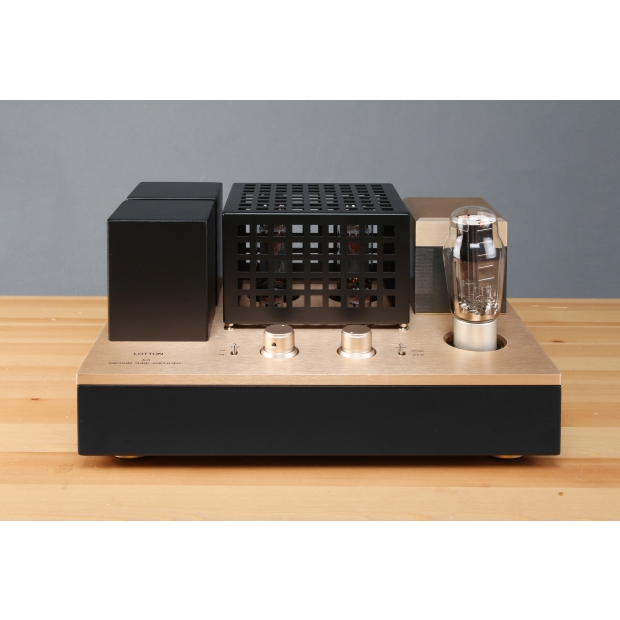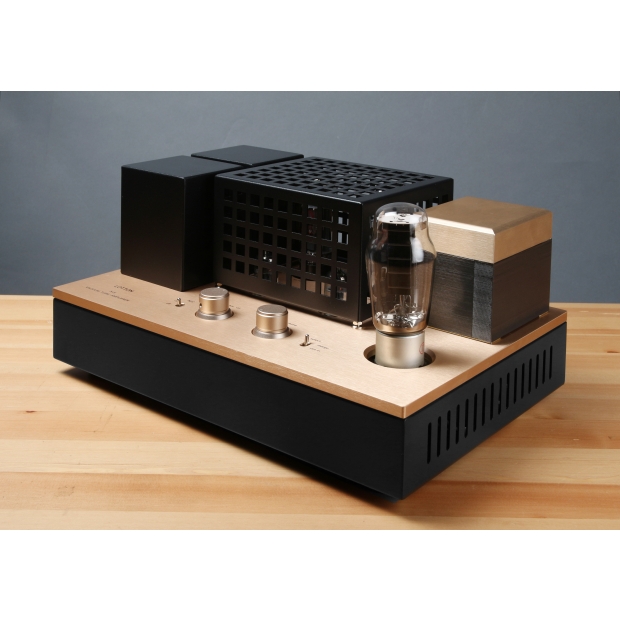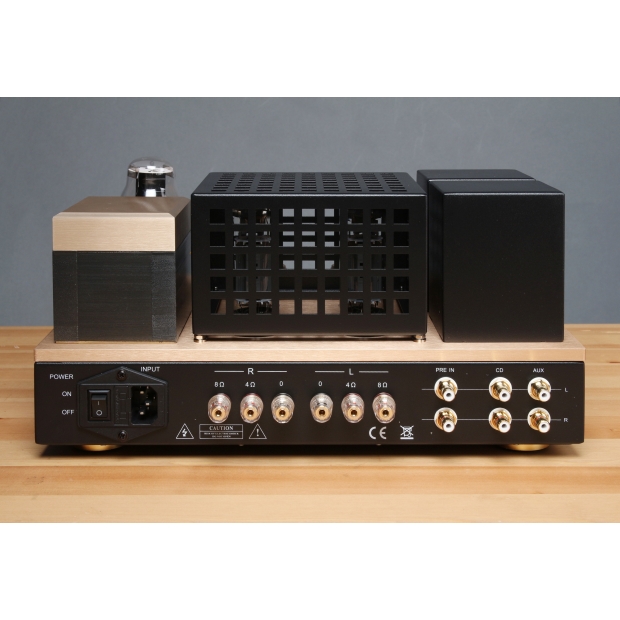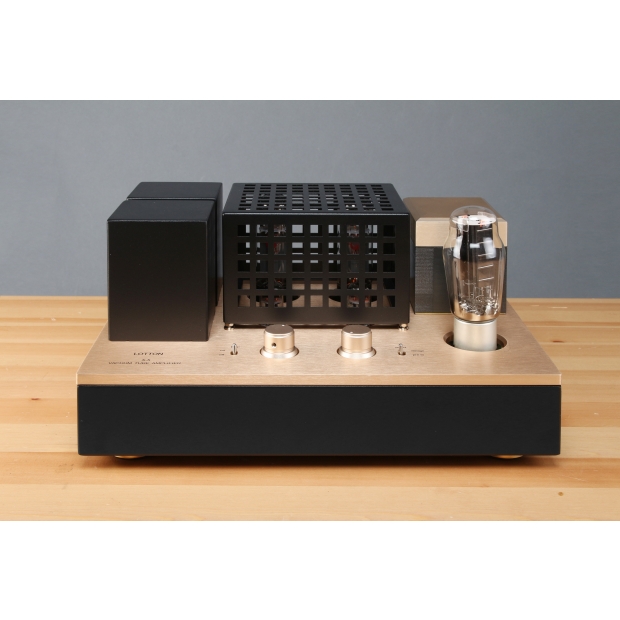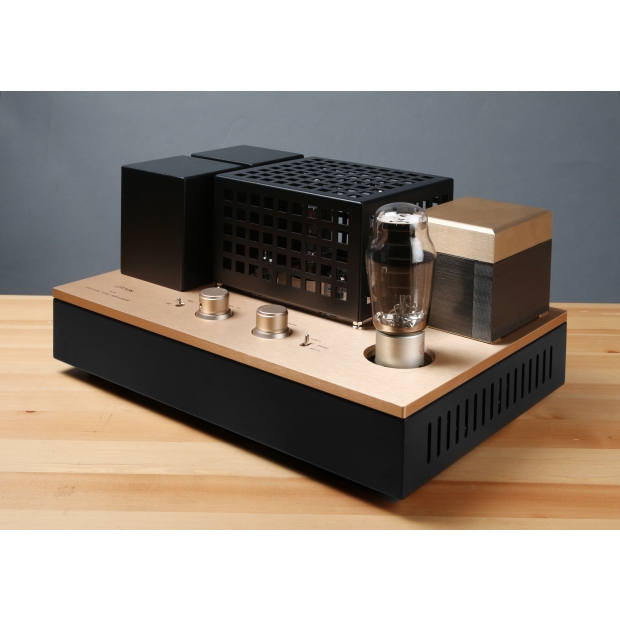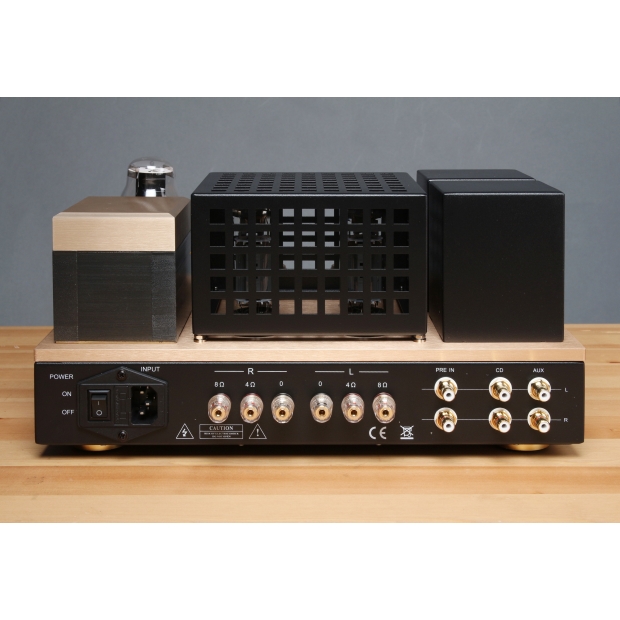Taiwanese Design, Pragmatic Excellence: The Birth of the Lotton X-5 Tube Amplifier
The Taiwanese brand Lotton has been distributing Bozhiyun’s tube amplifier kits from Mainland China in Taiwan for over a decade. Thanks to affordability and word-of-mouth, Lotton has achieved notable sales success on DIY audio forums, despite minimal exposure in mainstream media.
This success inspired Mr. Zhang Jianxiang of Lotton to embark on designing an amplifier of his own. Leveraging consumer feedback and decades of solid fundamentals in electronics, he avoided blind faith in audiophile components and ultimately crafted the most rational circuit design in the X-5 tube amplifier.
I recall a senior once told me that he always wanted to design a circuit board to replace hand-wired constructions because a rational circuit board design is, in fact, more challenging than hand-wiring. This is also the key reason the X-5 effectively reduces production costs.
When you hold the X-5 in your hands, you immediately feel its impressive weight, mainly due to the craftsmanship of its critical transformers and output transformers — unquestionably the foundation of its outstanding performance.
In 2025, when pure audio equipment has become a luxury, the X-5 tube amplifier remains affordable and accessible to everyone—this is Lotton’s core philosophy.
The Multinational Heritage and Timeless Vitality of the EL34
Mullard, actually a subsidiary of Philips, represented the pinnacle of European vacuum tube craftsmanship in its heyday. The EL34 was manufactured by Mullard in the UK, by Philips in the Netherlands and Belgium, by Siemens/Valvo in Germany (including both East and West Germany), and by RTC in France. This makes the EL34 one of the few classic tubes with the same model but multinational heritage.
Even today, brands like JJ, Shuguang, Nobility, Svetlana, and Reflector continue producing EL34 tubes, incorporating new materials and technologies to improve them.
Due to differences in manufacturing origins, EL34 tubes have distinct tonal characteristics, which adds to their fascination. Although rare EL34 tubes can be expensive, there are many affordable options available on the market. For beginners entering the world of tube amplifiers, starting with the EL34 is definitely a wise choice.
Two Practical Features: Negative Feedback Switch and Preamp Bypass
Starting from the classic Dynaco ST-70 using the EL34 tube, the incorporation of Negative Feedback (NFB) has become a mature design approach, with clear advantages:
-
Significant reduction in Total Harmonic Distortion (THD): NFB effectively suppresses nonlinear distortion across the audio frequency range, resulting in cleaner and purer sound. The ultra-linear connection already reduces pentode distortion, and when combined with NFB, distortion can be further suppressed to between 0.1% and 1%.
-
Flatter frequency response: NFB reduces fluctuations in the high and low frequencies, making the system more neutral and predictable across the entire bandwidth. With a high-quality transformer, the bandwidth can extend from 20Hz to 40kHz.
-
Lower output impedance (higher Damping Factor): Negative feedback improves the damping factor, providing better bass control and preventing speaker driver “loose swinging.”
-
Overall sound stability and linearity: Compared to a fully open-loop triode design, NFB offers greater consistency and predictability.
However, excessive negative feedback may bring some drawbacks:
-
Reduced musicality: It can cause the sound to become stiff and cold, with diminished midrange density, lacking emotion. Dynamics may be compressed, and details “averaged out.”
-
Phase instability potentially causing oscillations: Improper feedback loop design or mismatch with output transformers can induce high-frequency oscillations or distortion.
-
Reduced “tube character”: Ultra-linear plus NFB designs are often criticized for “not sounding like tubes,” as they approach the linearity and analytical clarity of solid-state amplifiers, diluting the unique “color” and “charm” of tube amplifiers.
-
Speaker matching sensitivity: Pairing with high-efficiency, low-damping speakers (such as full-range or horn speakers) may result in sound that is overly “clean” or lacking vitality.
The X-5 cleverly implements the negative feedback as a switchable option, allowing users to freely choose whether to engage NFB based on personal preference and system pairing, deciding whether it’s an advantage or disadvantage.
The preamp bypass is another very practical design feature. Nowadays, many DACs come with built-in volume control ICs and remote functions. The X-5 can completely bypass its internal volume control, enabling users to directly control volume via the DAC remote or pair with higher-end relay or MUSES preamp volume controls, providing greater flexibility in use.
Warm, Rich, and Direct Sound Performance
The X-5 is quite sensitive to cables, sources, and power supply, which reflects its excellent resolving power. The included Shuguang tubes already meet a high standard, so users are advised not to rush into replacing them. All electronic components, transformers, and output transformers require a long run-in period. The sound resolution will gradually emerge over time, and the tonal quality will become richer. Noticeable improvements can be heard within the first 24 hours, but it is recommended to allow at least 500 hours of run-in for the X-5 to reach its optimal performance.
At the same time, users should note that if you seek “extreme transparency and minute details,” the X-5 tube amplifier may only provide “a hint” of that experience, as such characteristics are usually the specialty of directly heated triode designs.
The X-5 excels in midrange and bass performance, particularly in delivering balanced sound across the full frequency spectrum, making it suitable for a wide range of music genres.
Of course, speaker choice and pairing also matter. Both British and American speakers work well, but the key is to select high-efficiency speakers. Lotton also offers the K4 full-range speakers, which pair very nicely with the X-5.
